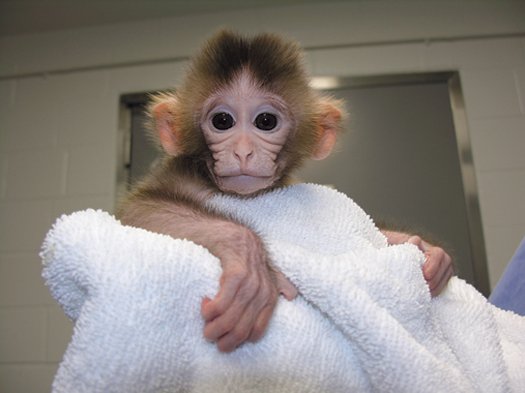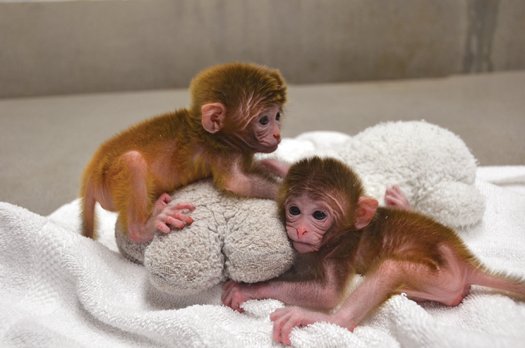OF THE
TIMES
He who learns must suffer, and, even in our sleep, pain that cannot forget falls drop by drop upon the heart, and in our own despair, against our will, comes wisdom to us by the awful grace of God.
Anti-Israel protests have erupted across the country, particularly on college campuses, where chants like "Genocide Joe" are heard. To bad the...
... since Moscow launched its full-scale invasion of Ukraine in February 2022, prompting London to impose sanctions on Moscow. The permanent...
I read The Last Three Minutes a long time ago. We are more than this corporeal bag of elements.
Nothing new, try calling a credit card company or any huge company with a problem and see how long it takes to speak to a human, if you do it's...
It is as though both types are confined within a set of cognitive restrictions that drive their perceptions, experiences and priorities. I would...
To submit an article for publication, see our Submission Guidelines
Reader comments do not necessarily reflect the views of the volunteers, editors, and directors of SOTT.net or the Quantum Future Group.
Some icons on this site were created by: Afterglow, Aha-Soft, AntialiasFactory, artdesigner.lv, Artura, DailyOverview, Everaldo, GraphicsFuel, IconFactory, Iconka, IconShock, Icons-Land, i-love-icons, KDE-look.org, Klukeart, mugenb16, Map Icons Collection, PetshopBoxStudio, VisualPharm, wbeiruti, WebIconset
Powered by PikaJS 🐁 and In·Site
Original content © 2002-2024 by Sott.net/Signs of the Times. See: FAIR USE NOTICE


Reader Comments
to our Newsletter